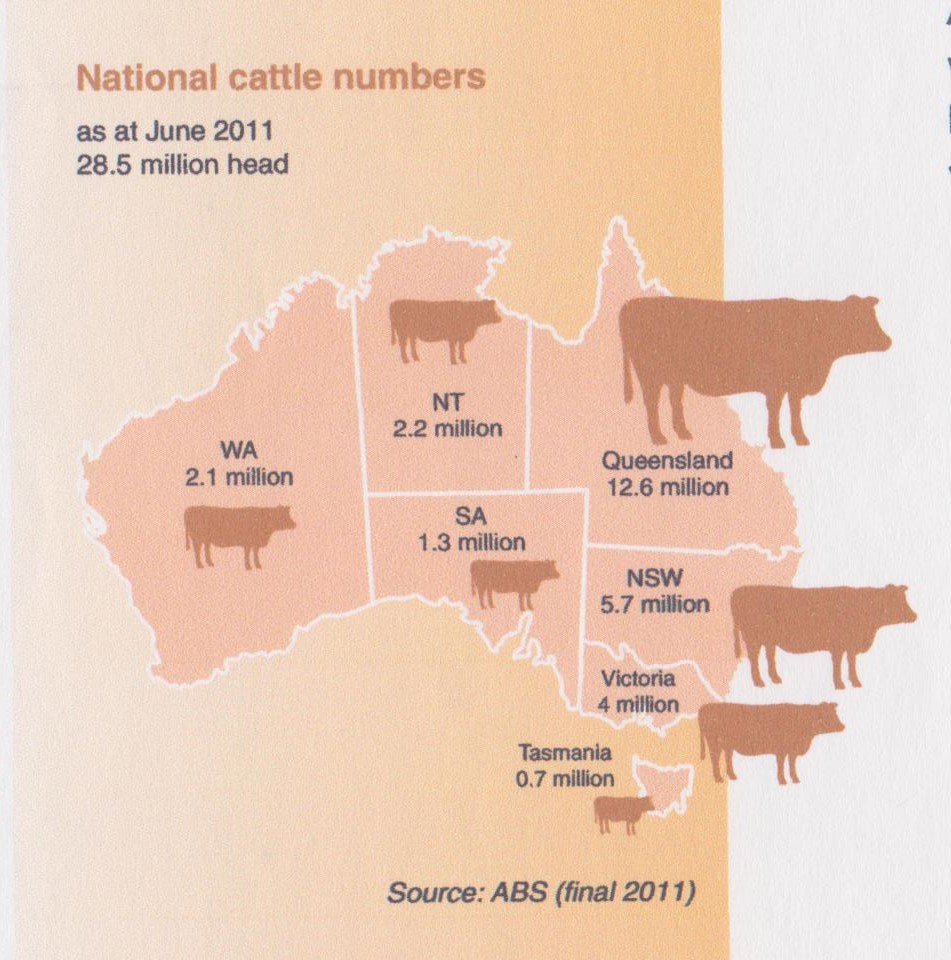Exploring Constance Cattle Genetics: Insights into Breeding Techniques and Qualities
Exploring Constance Cattle Genetics: Insights into Breeding Techniques and Qualities
Blog Article
Master the Art of Cooking With Grass Fed Meat
In the world of cooking competence, understanding the art of cooking with grass-fed meat holds a prominent placement. From the tender texture to the robust taste profile, grass-fed meat offers a canvas for culinary creativity.
Advantages of Grass-Fed Meat

When picking grass-fed meat, customers can profit from its greater levels of omega-3 fats and anti-oxidants contrasted to traditionally increased meat. Constance Cattle. Omega-3 fats are crucial nutrients that sustain mind wellness, lower swelling, and advertise heart wellness. Grass-fed meat is recognized to have up to 5 times a lot more omega-3 fats than grain-fed meat, making it a healthier option for those wanting to enhance their intake of these useful fats
Along with omega-3 fatty acids, grass-fed meat is additionally richer in anti-oxidants such as vitamins E and C, in addition to beta-carotene. Anti-oxidants play a vital function in securing cells from damage brought on by free radicals, which can add to numerous chronic diseases and accelerate aging. By choosing grass-fed meat, customers can not only enjoy an extra nutrient-dense and delicious protein source yet also sustain their general health and well-being.
Including grass-fed meat into your diet can be a straightforward yet efficient way to improve your nutritional consumption and profit of omega-3 fats and anti-oxidants that are naturally bountiful in this type of meat.
Ideal Food Preparation Methods
Making use of appropriate cooking approaches is important to protect the nutrient account and improve the taste of grass-fed meat. When cooking grass-fed meat, it is necessary to bear in mind that it is leaner than traditionally raised meat, making it a lot more prone to drying if overcooked. To make certain a juicy and delicious outcome, think about cooking grass-fed meat at a little lower temperature levels than you would with grain-fed meat.
Grilling is a prominent approach for food preparation grass-fed meat as it allows excess fat to leak away, stopping flare-ups that can create charring. Another terrific food preparation approach for grass-fed meat is pan-searing.
Slow cooking methods such as braising or cooking are additionally superb options for tougher cuts of grass-fed meat, as they help break down the muscular tissue fibers and tenderize the meat. Whichever food preparation technique you choose, remember to let grass-fed meat rest after preparing to enable the juices to rearrange, guaranteeing a damp and tender last meal.
Flavor Pairings and Seasonings
To enhance the all-natural tastes of grass-fed meat, tactical flavor pairings and flavorings play an essential function in raising the overall eating experience. Grass-fed meat has a rich, distinct preference that can be enhanced and improved by thoroughly picked active ingredients.
Along with natural herbs, flavors such as description black pepper, garlic, and smoked paprika can even more boost the preference profile of grass-fed meat recipes. These flavors provide an equilibrium of warm, sweetness, and smokiness that can boost the overall eating experience. When flavoring grass-fed meat, it is important to use high-quality salt, like sea salt or Himalayan useful content salt, to draw out the meat's flavors without including unnecessary chemicals or ingredients.
Storage and Taking Care Of Tips
Correct storage and managing techniques are vital for keeping the quality and freshness of grass-fed meat. Prevent saving grass-fed meat near strong-smelling foods as it can absorb smells easily.
When managing grass-fed meat, it is very important to practice great health to avoid cross-contamination. Wash your hands completely prior to and after taking care of the meat, and ensure that all utensils and surfaces that enter call with the meat are cleaned and sterilized correctly. Additionally, make use of different reducing boards for meat and vegetables to stay clear of bacterial transfer.

Leading Grass-Fed Meat Recipes
When taking into consideration the very best ways to appreciate the quality and quality of grass-fed meat, exploring top-notch dishes can raise your culinary experience. Grass-fed meat's rich taste and leaner profile offer themselves well to a range of recipes that highlight the natural goodness of the meat. One leading recipe to try is a traditional Grilled Grass-Fed Ribeye Steak skilled with easy active ingredients like salt, pepper, and a touch of garlic for a durable flavor. For a soothing dish, a Slow Cooked Grass-Fed Beef Stew with origin vegetables and aromatic natural herbs is a hearty option that draws out click here to read the meat's inflammation.
If you remain in the state of mind for something lighter, a Grilled Grass-Fed Hamburger offered with fresh garnishes and a side of pleasant potato french fries is a scrumptious option. Additionally, a Herb-Crusted Grass-Fed Shelf of Lamb baked to perfection with an assortment of breadcrumbs and natural herbs is a show-stopping recipe for unique celebrations. These leading grass-fed meat dishes showcase the adaptability and premium high quality of grass-fed meat, enabling you to enjoy its exceptional taste in various cooking productions.

Final Thought
Finally, mastering the art of food preparation with grass-fed meat provides many advantages, consisting of improved nutritional value and remarkable taste. By making use of the most effective cooking methods, explore taste pairings and spices, and adhering to correct storage space and dealing with suggestions, you can produce tasty and healthy recipes. Experiment with some leading grass-fed meat dishes to raise your cooking abilities and take pleasure in the complete capacity of this top notch active ingredient.
When cooking grass-fed meat, it is essential to remember that it is leaner than conventionally raised meat, making it extra prone to drying out if overcooked. To ensure a juicy and delicious end result, think about cooking grass-fed meat at a little reduced temperature levels than you would certainly with grain-fed meat.
When seasoning grass-fed meat, it is essential to make use of top quality salt, like sea salt or Himalayan salt, to bring out the meat's flavors without adding unnecessary chemicals or ingredients.
Grass-fed meat's rich flavor and leaner profile lend themselves well to a variety of recipes that highlight the natural goodness of the meat. These leading grass-fed meat dishes showcase the flexibility and premium quality of grass-fed meat, permitting you to enjoy its exceptional preference in numerous culinary creations.
Report this page